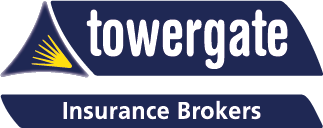Safety labels and signs are important for employers because they help them to meet health and safety requirements. There are other benefits as well; such as educating employees so that they can feel safe on company premises.
Signs can also combat language barriers, so there’s a very good chance that the vast majority of people can understand them.
But, that’s not all…
What are my responsibilities?
It’s the duty of the employer to provide safety signs for employees and any other on-site visitors. Remember; safety signs are not required if the risk isn’t significant or if they don’t help to reduce the risk. (Concerning fire safety, specific signs must be displayed).
Once the signs are in place to make people aware of the different levels of danger it’s important to make sure that employees understand the meaning of the different signs and notices.
Equally, it’s just as vital that employees understand the consequences of not following the instructions on a sign. Visually impaired members of staff may need alternative ways of communication.
Any signs that have been damaged or become “lost” must be replaced as soon as possible.
How important is the shape and colour of a sign?
Education around signs is worthwhile in the workplace so that everyone can appreciate and be made aware of the importance of the shape and colour of a sign. For example:
Prohibition
Prohibition signs typically provide us with information about things that are banned or prohibited.
Usually, these are round in shape with a black picture and a white background. They may contain red edging with a red diagonal line.
The red part of the sign has to take up at least 35% of the area of the sign.
Warning
A warning sign does exactly what it says on the tin. A warning urges people to be careful and points out potential hazards.
Triangular in shape it usually has a black picture with a yellow or amber background with black edging. The yellow or amber part has to take up at least half of the sign.
Mandatory
Mandatory signs advise us about an action or specific behaviour that must be carried out.
Mandatory signs are round with a white picture on a blue background. The blue part of the sign must take up at least 50% of the area of the sign.
Emergency
You will usually see an emergency sign directing you to an area of safety, or in an emergency.
Rectangular/square in shape they have a green background with a white pictogram. 50% of the sign must be covered in green.
Chemical Identification
Chemical signs are often forgotten about but are just as important. Specified by either the GHS or the Globally Harmonised System of Classification and Labelling of Chemicals - this type of sign is a red diamond with a black picture on a white background so that the type and classification of the chemical can be easily identified.
Additional help:
Risk assessments will tell you where you need to place safety signs. Signs are there for one purpose and that’s to warn of any remaining risks or to instruct employees of the safety steps they should take. Signage should never be overused. Keep signs clear and concise so that they are easy to follow.
About the Author
This article was provided by our colleagues at Stallard Kane, a specialist risk management service provider offering expert advice and solutions in Health and Safety, HR, Risk Solutions and Training. Stallard Kane is part of Ardonagh Advisory.
Speak to an expert today
If you would like any further information about anything we’ve discussed in this article, please get in touch with your local Towergate advisor.
This article is for general guidance only and aims to provide general information on a relevant topic in a concise form. This article should not be regarded as advice in relation to a particular circumstance. Action should not be taken without obtaining specific advice.


